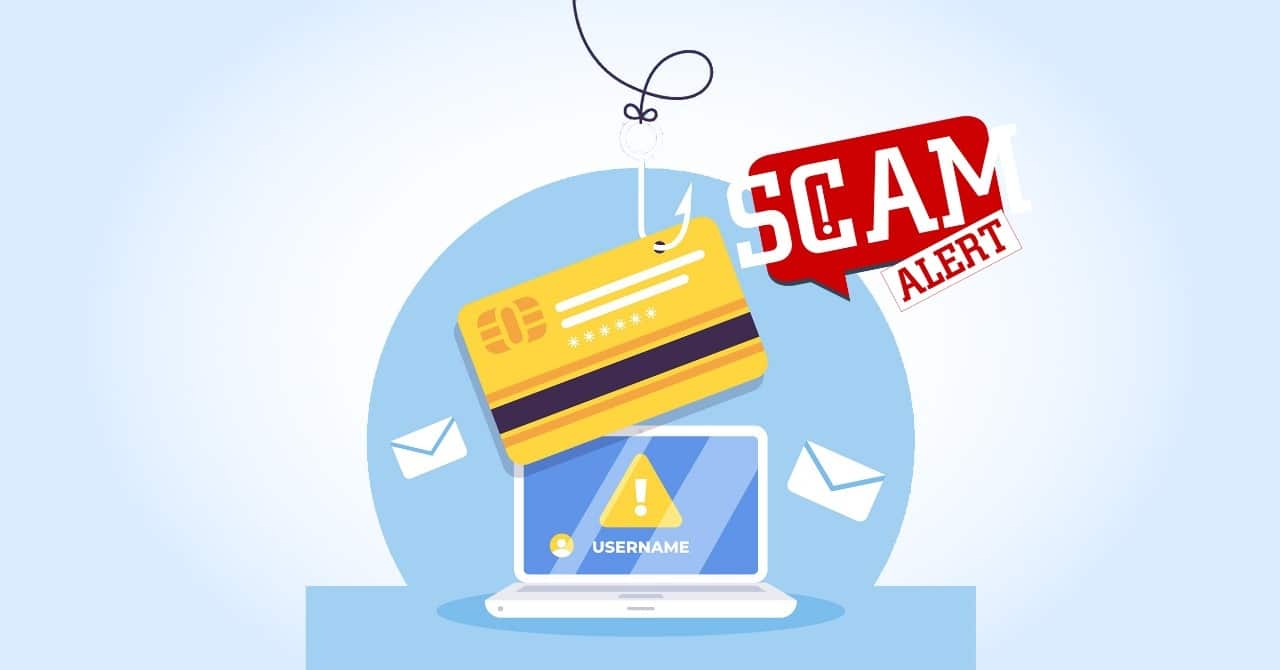In today’s high-tech world, where everyone is connected online, scams and frauds have become clever and sophisticated. One of the newest and most concerning scams is the “Push Payment Scam.” It’s a sneaky trick that can cause huge financial problems for people and businesses. In this blog,we’ll share a true story of small Business, Kent Brushes that fell victim to this scam, losing £1.6million in just 20 minutes. We’ll also give you some important tips to keep your money safe and avoid these harmful schemes.
The Kent Brushes Push Payment Scam
A recent case at Kent Brushes, a renowned company, exemplifies the devastating impact of the Push Payment Scam. In this unfortunate incident, an employee was manipulated into granting unauthorised access to the company’s bank account. The scammers convinced the employee that the company’s funds were in imminent danger, exploiting their fear and trust. In a matter of minutes, the fraudsters executed multiple fraudulent transactions, ultimately siphoning off an astounding £1.6 million.
Kent Brushes ordeal serves as a stark reminder of the real and significant threat that Push Payment Scams pose. It highlights the need for individuals and businesses to be vigilant and proactive in safeguarding their finances and assets.
Understanding Push Payment Scams
A Push Payment Scam is a trick where a scammer convinces someone to send them money. It’s like when someone pretends to be your friend and asks you for money, but in reality, they’re a fraud. These scams often happen through emails, phone calls, or text messages. The scammers may make up stories to make you believe you need to send them money urgently. Once you send the money, it’s usually gone to fraudster. It also involves tricking individuals or employees within companies into authorising the transfer of funds to fraudulent accounts. These scams can take various forms, such as:
- Impersonation: Scammers pose as trusted individuals, companies, or even government agencies to manipulate victims into making payments
- Invoice Fraud: Fraudsters may send fake invoices for legitimate services or products, leading victims to make payments to the wrong account.
Tips to Stay Safe
Protecting yourself or your business from Push Payment Scams is paramount. Here are some crucial tips to help you avoid falling victim to such scams:
- Verify Requests: Always verify any request for payment or transfer of funds. Double-check email addresses, phone numbers, and the authenticity of the person or company requesting money
- Be Cautious of Urgency: Scammers often create a sense of urgency to pressure victims into making quick decisions. Take your time to review requests carefully.
- Educate Employees: In a business setting, educate your employees about the risks of Push Payment Scams and establish clear protocols for verifying financial transactions.
- Multi-Factor Authentication: Enable multi-factor authentication for your online accounts and financial services to add an extra layer of security.
- Suspicious Emails: Be wary of unsolicited emails and messages, and never click on suspicious links or download attachments from unknown sources.
- Secure Communication: Use secure communication channels for sensitive financial transactions, and confirm the details through a trusted source, if possible.
- Trust Your Instincts: If something doesn’t feel right, trust your instincts. If you have doubts about a transaction or request, seek advice from trusted colleagues or friends.
The Kent Brushes Push Payment Scam serves as a poignant reminder of the evolving and sophisticated nature of online fraud. Protecting yourself and your business from such scams requires vigilance, skepticism, and a commitment to following best practices. By staying informed and taking proactive steps to verify financial transactions, you can significantly reduce the risk of falling victim to Push Payment Scams. Remember, it’s always better to be safe than sorry when it comes to your hard-earned money and financial security.
